
How Many Miles Can a Motorcycle Go on a Tank of Gas
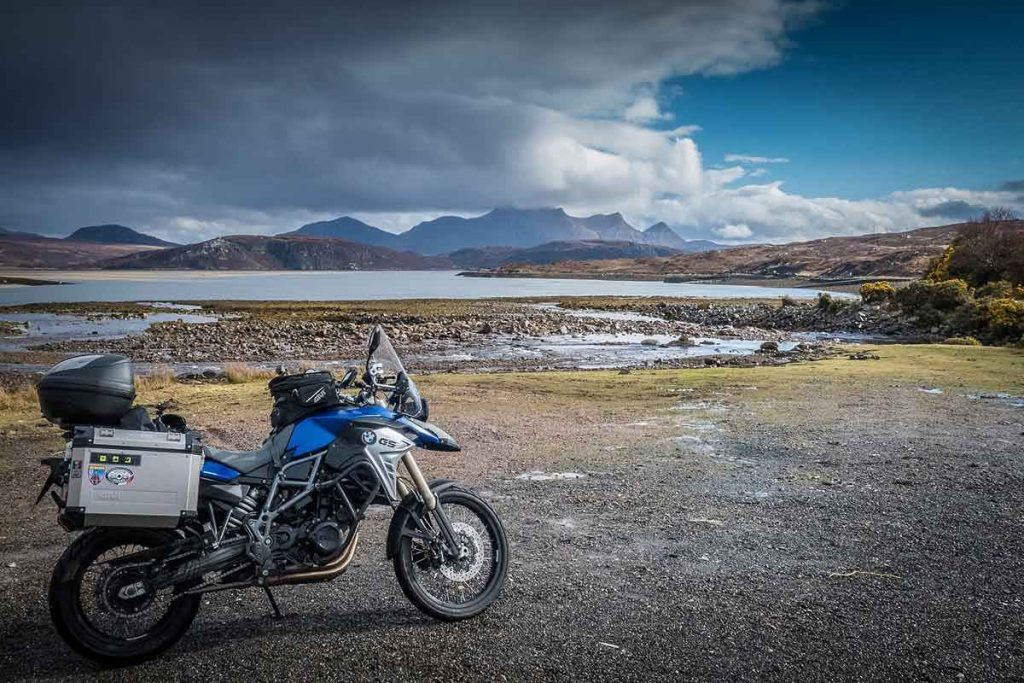
How Many Miles Can a Motorcycle Go on a Tank of Gas
Since motorcycles have to be refueled more often, the most common question motorcycle enthusiasts ask is how far a motorcycle can get on a tank full of gas. Most motorcycles can go between 120 to 200 miles on a full tank of gas. Sports bikes can typically go between 120 and 250 miles, while some touring motorcycles can go between 200 and 350 miles on a full gas tank. Cruisers and dual-purpose motorcycles can go between 140 to 220 miles.
On average, motorcycles typically get around 30 to 60 miles per gallon (mpg). However, some motorcycles designed for long-distance touring can achieve higher fuel efficiency, often reaching 50 to 70 mpg or more.
Factors Influencing How Many Miles Can a Motorcycle Go
The number of miles a motorcycle can go on a tank of gas varies depending on several factors, including the motorcycle's fuel efficiency, the size of the gas tank, the type of motorcycle (e.g., sport bike, cruiser), riding conditions, the rider's habits, terrain, and speed. Generally, motorcycles have smaller gas tanks compared to cars, so their range tends to be more limited.
Several factors can affect the number of miles your motorcycle can go on a tank of gas. These factors include:
Fuel Efficiency:
The fuel efficiency of the motorcycle plays a significant role in determining its range. Motorcycles with better fuel efficiency can travel more miles on a tank of gas. However, every bike has a well-defined fuel range. Let's have a look at a fuel-efficiency motorcycle chart.
Motorcycle Category (cc)
Average MPG
Average Fuel Range (Miles)
50
100-150
150-200
125
90-120
150-400
250
50-90
150-300
300-500
50-80
150-350
600
30-50
150-300
700-950
30-80
150-350
1000+
30-50
150-400
These fuel ranges are not set in stone, upon research you might find motorcycles that are better or worse in a given range of fuel. However, on average this is what you can expect from an average motorcycle.
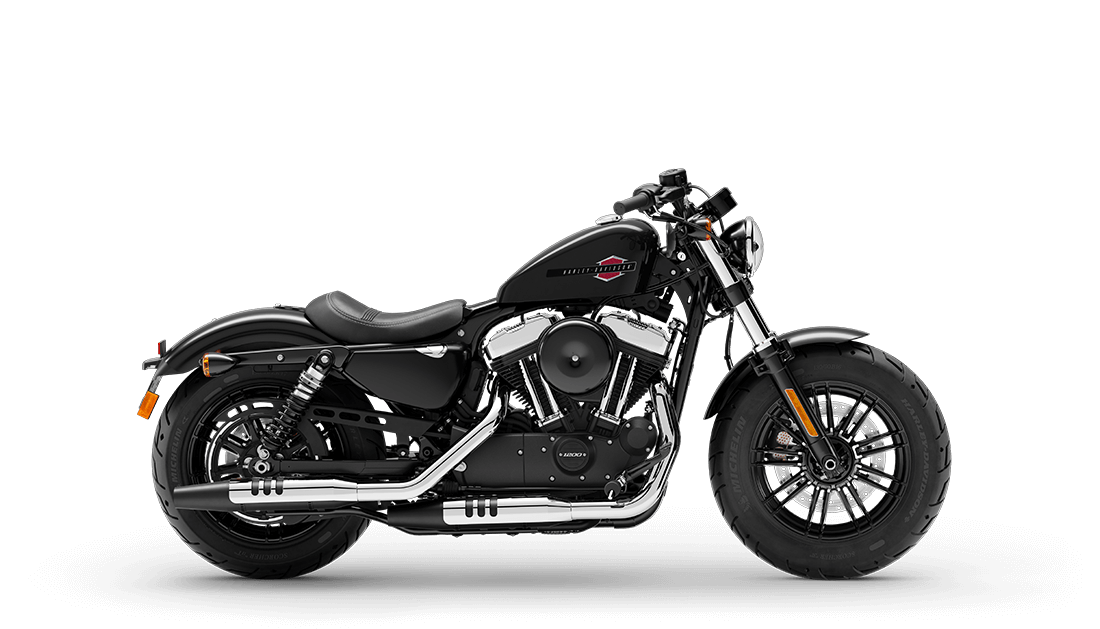
Motorcycle Fuel Range of Top 10 Motorcycles
Model
Average MPG
Average Fuel Range (Miles)
Harley-Davidson Forty-Eight
48
100
Kawasaki KLX250S
50-70
120
Aprilia SX50
70-80
143
Honda CRT250L
60-80
147
Honda CRB1000RR
30-40
151
Suzuki GSX-R600
30-40
158
Yamaha YZFR1
30-40
158
Harley-Davidson Iron 1200
48
158
Harley-Davidson Roadster
48
158
Harley-Davidson Softail Standard
47
165
Harley-Davidson Iron 883
50
165
Engine Size and Type:
The size and type of the motorcycle's engine can influence its fuel consumption. Generally, smaller engines tend to be more fuel-efficient than larger ones. Different types of engines, such as two-stroke or four-stroke, can also have varying fuel efficiency.
Let's take the Triumph Rocket III Roadster for example. At 2,294cc it's the largest production motorcycle engine available. Its average fuel consumption is around 35mpg and has a 6.3-gallon fuel tank. So, a big bike like this can travel an average of 220 miles between fill-ups, probably more like 200 to be safe.
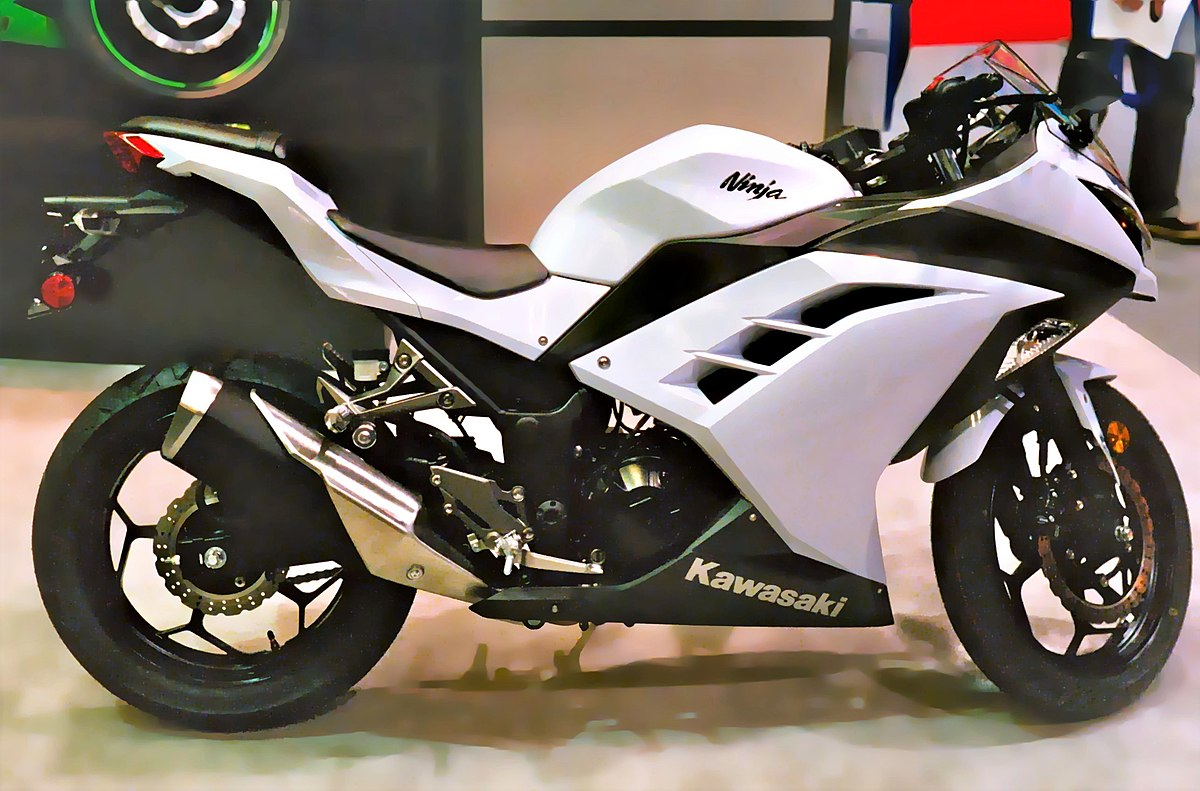
Let's look at an example of a smaller engine. The Kawasaki Ninja 300, with only a 4.3-gallon tank, gets an impressive 75 miles per gallon, so, it can easily travel over 300 miles on a tank of gas.
Riding Style and Habits:
The way a rider operates the motorcycle can impact its fuel consumption. Aggressive acceleration, high speeds, and frequent braking can reduce fuel efficiency. Smooth, consistent throttle control and maintaining a steady speed can help maximize fuel efficiency. Usually, higher RPMs will mean lower MPGs. On certain motorcycles riding reasonably can get you a good mpg between 45 to 55. However, if you really push it, it is normal for the mpg to drop significantly, in some cases, as low as 20 to 30 mpg.
Terrain and Road Conditions:
Riding on hilly or mountainous terrain requires more power and fuel consumption compared to riding on flat roads. Stop-and-go traffic or frequent idling in congested areas can also decrease fuel efficiency.
There can also be a big difference in the motorcycle's mpg if it's being ridden on the highway vs. in the city. Because riding a motorcycle on the highway will usually be accompanied by higher speeds and rpm, motorcycles will usually get worse mileage than roads where lower speeds can be used. In certain cases, riding on the highway can reduce the motorcycle's mpg between 17 to 22%. Or, in other words, reducing how far the motorcycle can go between 17 to 22%.
Wind Resistance:
Riding at higher speeds or against strong headwinds increases wind resistance, which can negatively affect fuel efficiency. Motorcycles with fairings or windshields can help reduce wind resistance and improve fuel economy.
Payload and Weight:
Carrying additional weight, such as a passenger or luggage, can increase fuel consumption. Heavier motorcycles also tend to consume more fuel than lighter ones.
Maintenance and Tune-Up:
Regular maintenance, including proper tuning, clean air filters, and adequate tire pressure, can optimize fuel efficiency. Neglected maintenance can lead to decreased performance and fuel economy.
Fuel Type:
The type of fuel used in the motorcycle can impact fuel efficiency. Some motorcycles are designed to run on specific types of fuel, and using a different grade or lower-quality fuel may result in decreased efficiency.
Aerodynamics:
The motorcycle's design and aerodynamics can affect fuel consumption. Streamlined motorcycles with efficient aerodynamics tend to have better fuel efficiency.
Weather Conditions:
Extreme weather conditions, such as very high or low temperatures, can impact fuel efficiency. Cold weather, for example, may require the engine to warm up for longer periods, using more fuel initially.
Colder weather will usually negatively affect fuel economy. The colder the weather gets; the worse will be the mileage of the motorcycle. The data from the U.S. Department of Energy suggests that the difference in the mileage between driving a car at 20°F compared to 77°F can lower the mpg by 12 to 22%.
How Can You Calculate the Range of a Motorcycle
To calculate the approximate range of a motorcycle on a tank of gas, you need to know the capacity of the gas tank and the average fuel efficiency. The range can be determined by dividing the tank's capacity by the average fuel efficiency. For example, if a motorcycle has a 3-gallon tank and gets an average of 50 mpg, the range would be around 150 miles (3 gallons x 50 mpg = 150 miles).
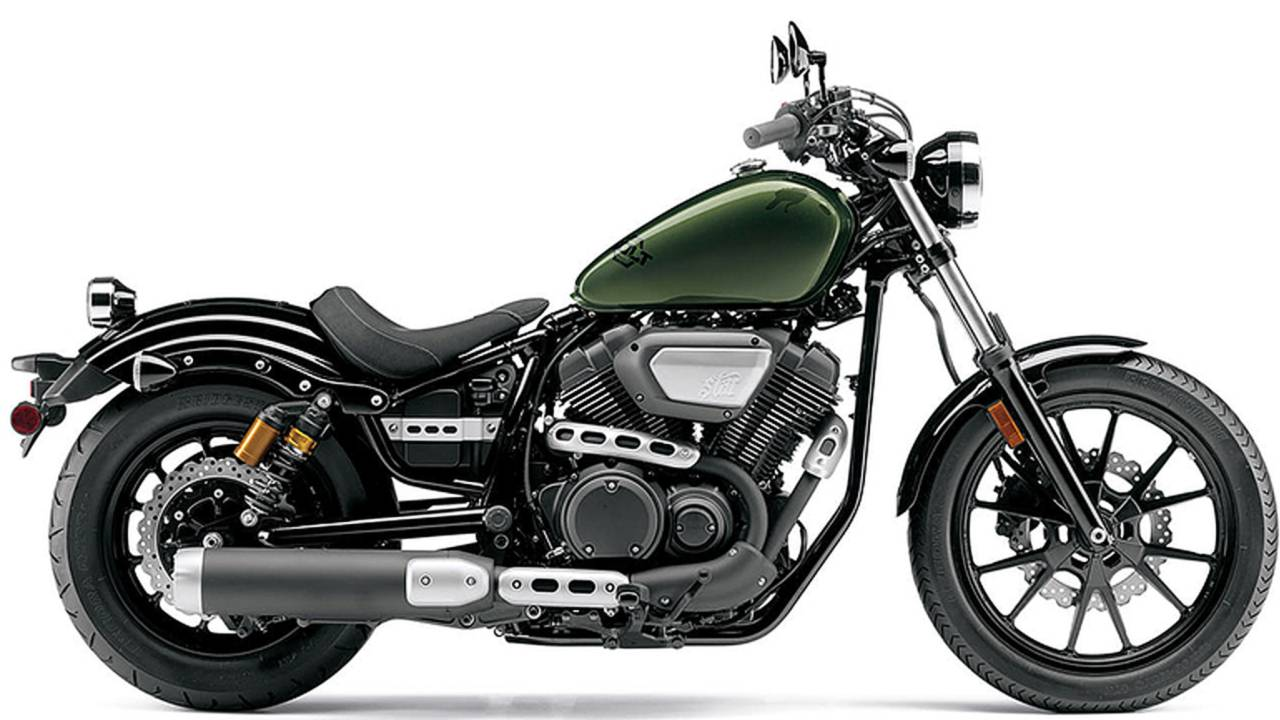
How To Calculate Average MPG for Your Motorcycle
Keeping a written log of your mpg is a great way to monitor your bike's performance, or alert you if there is a mechanical problem. In order to know how many miles can your motorcycle go on a gas tank, you need to know how to calculate the average MPG for your motorcycle. Here is how you can do that.
- Start with a full tank of gas.
- If your motorcycle has a trip odometer, set it to zero. Otherwise, write down the miles on the main odometer.
- Ride your motorcycle as you normally would until the tank is almost empty.
- Fill up your tank again, to the top.
- Write down the exact number of gallons it took to fill up the tank.
- Next, from the odometer, write down the number of miles ridden.
To calculate the miles per gallon, divide the miles traveled by the number of gallons it took to fill the tank again in step 4.
The formula:
Miles Driven ÷ Gallons Used = MPG
It works the same with kilometers. Same formula.
Example: If you rode 150 miles, and it took 3.2 gallons of gas to fill the tank back up, then calculate:
150 miles ÷ 3.2 gallons used = 46.8 mpg
Which Motorcycle is the Longest-Range Motorcycle
The 125cc street motorcycles are the longest-range motorcycles. Thanks to their small and fuel-efficient engines, many of these bikes can run 200-400 miles on a tank of gas. Among the bigger bikes, you can't go wrong with a touring or adventure bike, as these motorcycles have the longest range.
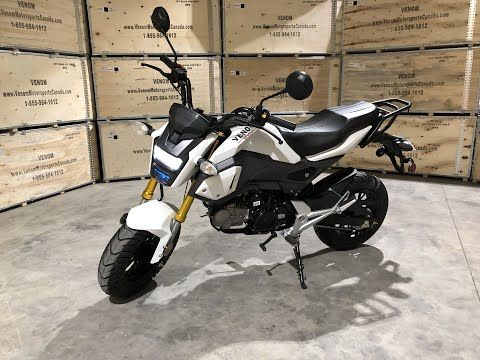
For instance, one of the highest-range motorcycles on the market is the BMW R80 G/S Paris Dakar. This bike gets about 50 MPG and features an 8.45-gallon fuel tank, which results in an outstanding 423-mile fuel range.
How Far Can a Motorcycle Go on the Main Tank?
Motorcycle fuel tanks can have a capacity between 2 to 10 gallons. The most common size of motorcycle gas tanks is usually between 3 to 6 gallons, whereas, at 0.25 to 0.90 gallons your bike will be on the reserve tank. This means that we can expect most motorcycles to have a main fuel tank capacity between 2.1 to 5.75 gallons.
By multiplying the mpg by the main fuel tank capacity, you can calculate how many miles your bike's main tank can give. Most motorcycles can go between 73.5 to 345 miles on the main fuel tank before hitting reserve.
How Far Can a Motorcycle Go on Reserve?
Motorcycle fuel tanks are usually separated into two levels. The first level is when the fuel tank is considered full. The second level is the reserve level or the point at which the low fuel light comes on indicating that your bike needs a fuel refill.
The main tank and the reserve tank are all part of the same tank. The reserve is just used as a reminder to let you know that you need to refill your gas tank.
A reserve tank will usually hold between 0.25 to 0.90 gallons of fuel. And since motorcycles get between 35 to 60 mpg on average, this means that motorcycles can go between 9 to 55 miles on reserve.
How Far Can a Motorcycle Go Before the Light Comes on?
The light means that you've hit the reserve. Most motorcycles should be able to go between 73.5 to 345 miles before the light comes on.
How far you can go on a full tank will vary from motorcycle to motorcycle. And when is the light going to turn on will also differ from gauge to gauge. Even identical motorcycles may differ in their readings and actual mpg.
How Many Miles Can a Dirt Bike Go
The average dirt bike lasts no more than 20,000 miles. Anything over that number is high mileage and will need more maintenance checks than a newer bike. On average, a dirt bike does 3,000 miles a year. If you have an old bike, you can take the number of years it is and multiply it by 3,000. That will provide a rough estimate for the miles ridden.
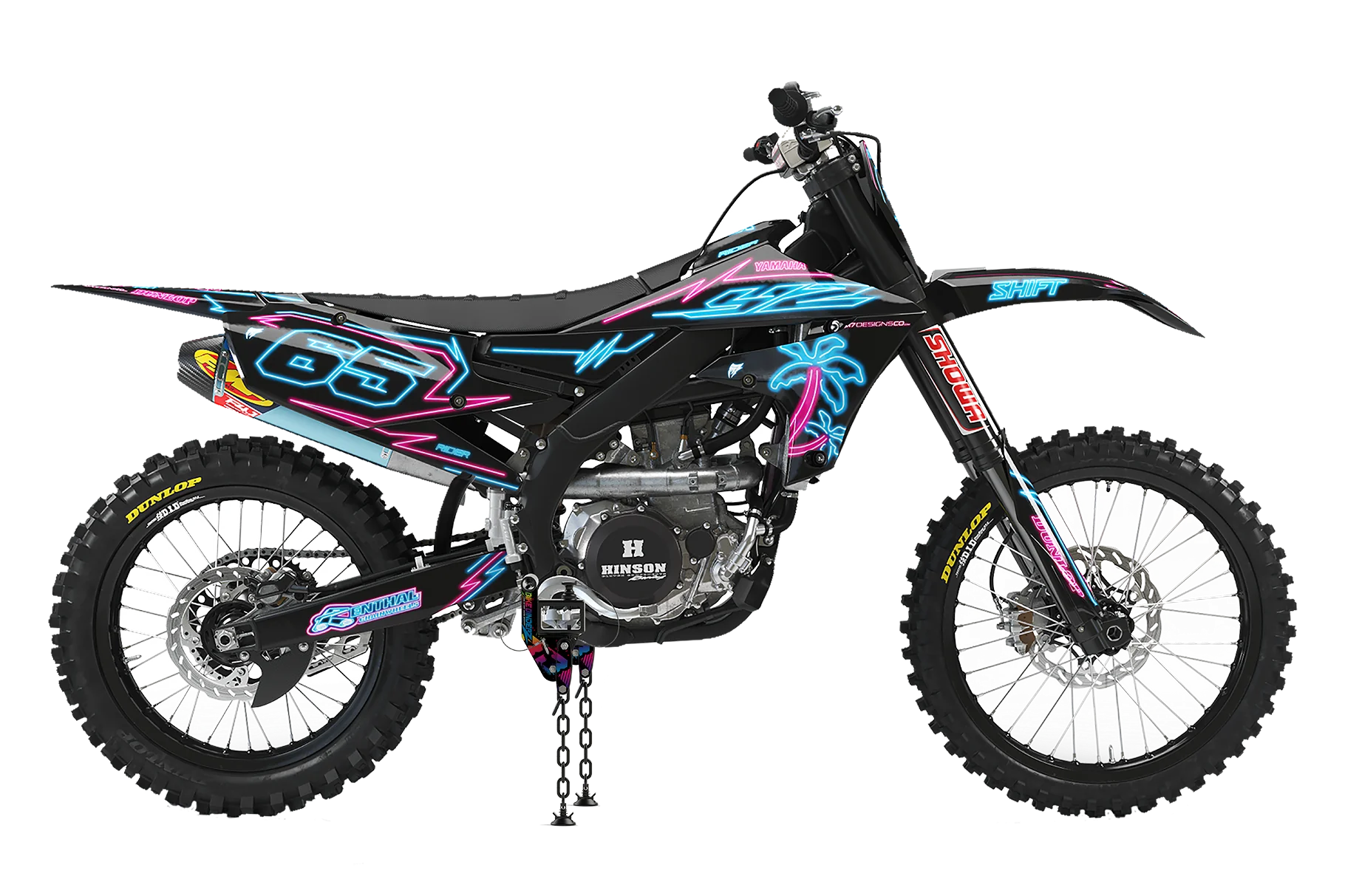
The number of miles a dirt bike can go on a tank of gas varies depending on several factors, including the bike's fuel efficiency, engine size, riding conditions, and the rider's habits. Dirt bikes typically have smaller gas tanks compared to street motorcycles, which means their range can be more limited.
Dirt bike fuel efficiency can range widely depending on factors such as engine size, two-stroke or four-stroke design, riding style, terrain, and speed. On average, dirt bikes can achieve anywhere from 25 to 60 miles per gallon (mpg). However, it's important to note that this range can vary significantly depending on the specific bike and the aforementioned factors.
How to Calculate the Approximate Range of a Dirt Bike
To calculate the approximate range of a dirt bike on a tank of gas, you need to know the capacity of the gas tank and the average fuel efficiency. The range can be determined by dividing the tank's capacity by the average fuel efficiency. For example, if a dirt bike has a 2-gallon tank and gets an average of 40 mpg, the range would be around 80 miles (2 gallons x 40 mpg = 80 miles).
You can calculate the tank capacity of your dirt bike in the manner described above.
How to Make Your Bike Run More Miles on A Tank of Gas
To improve the mileage or increase the distance your bike can run on a tank of gas, you can consider the following tips:
Maintain Proper Tire Pressure: Keeping your bike's tires properly inflated can reduce rolling resistance and improve fuel efficiency. Check the manufacturer's recommended tire pressure and ensure your tires are inflated accordingly.
Smooth Acceleration and Braking: Avoid aggressive acceleration and sudden braking, as these actions can waste fuel. Gradual and smooth throttle control, along with anticipating stops to minimize unnecessary braking, can help improve fuel economy.
Avoid Excessive Idling: Minimize idling time whenever possible. Extended idling consumes fuel without covering any distance. If you expect to be stationary for a while, consider turning off the engine.
Ride at a Moderate Speed: Higher speeds generally result in increased wind resistance, which can negatively impact fuel efficiency. Riding at a steady and moderate speed can help improve mileage.
Optimize Aerodynamics: Make sure any accessories or modifications to your bike do not disrupt its aerodynamics. Windshields, fairings, and streamlined designs can help reduce drag and improve fuel economy.
Perform Regular Maintenance: Regular maintenance is essential for optimal performance and fuel efficiency. Keep your bike well-tuned, including proper ignition timing, clean air filters, and regular oil changes. When your bike is parked in a garage make sure that it is covered with a soft cloth cover in order to ensure it stays safe from dust, debris, and smoke. Carcover.com has excellent quality bike covers, make sure to check the one that fits your bike.
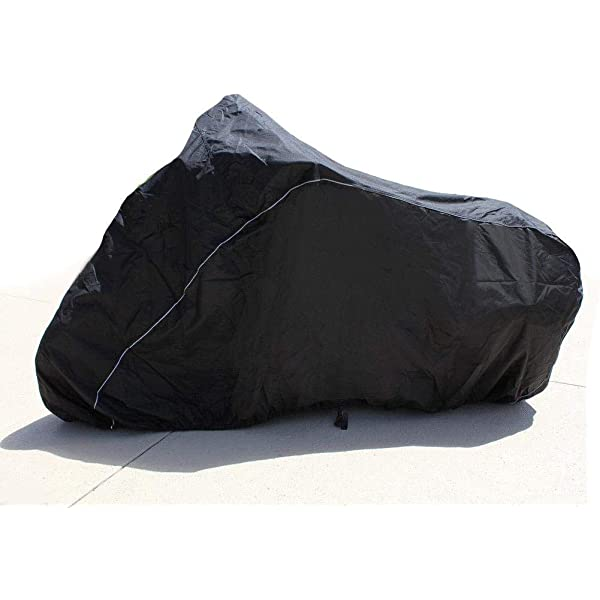
Reduce Excess Weight: Carrying unnecessary weight on your bike can decrease fuel efficiency. Remove any unnecessary luggage or accessories when not needed.
Fuel Type and Quality: Ensure you are using the recommended fuel type for your bike. Higher octane fuel may not always provide better performance or fuel economy, so refer to your bike's manual for the manufacturer's recommendations. Additionally, using high-quality fuel from reputable sources can help ensure optimal performance.
Plan Efficient Routes: When possible, plan routes that minimize traffic congestion and stop-and-go situations. Maintaining a consistent speed and avoiding heavy traffic can help improve fuel efficiency.
Ride Responsibly: Avoid excessive revving, unnecessary engine strain, and prolonged high RPMs. Ride responsibly, taking into account fuel efficiency considerations.
In conclusion, the number of miles a motorcycle can go on a tank of gas varies depending on several factors. These factors include the motorcycle's fuel efficiency, engine size, riding conditions, rider habits, terrain, wind resistance, payload, maintenance, and more.
An average motorcycle typically gets around 30 to 60 miles per gallon (mpg), with some long-distance touring motorcycles achieving higher fuel efficiency, often reaching 50 to 70 mpg or more. However, it's important to note that these figures are rough estimates, and actual mileage can vary significantly.
To determine the approximate range of a motorcycle on a tank of gas, you need to consider the capacity of the gas tank and the average fuel efficiency. As discussed earlier, by dividing the tank's capacity by the average fuel efficiency you will get an estimate of the range.
Additionally, factors such as riding style, terrain, wind resistance, weight, maintenance, and other variables can affect fuel consumption and mileage. By adopting fuel-efficient riding habits, maintaining the bike properly, and considering other factors mentioned earlier, it's possible to maximize the distance a motorcycle can go on a tank of gas.
Taking care of your motorcycle regularly goes a long way if you want to improve how many miles can your motorcycle go on a tank of gas. Regular maintenance includes service visits and proper storage. Park the bike in a temperature-controlled environment and always keep it covered to protect its paint. Don't forget to visit carcovers.com for excellent quality motorcycle covers.
Updated